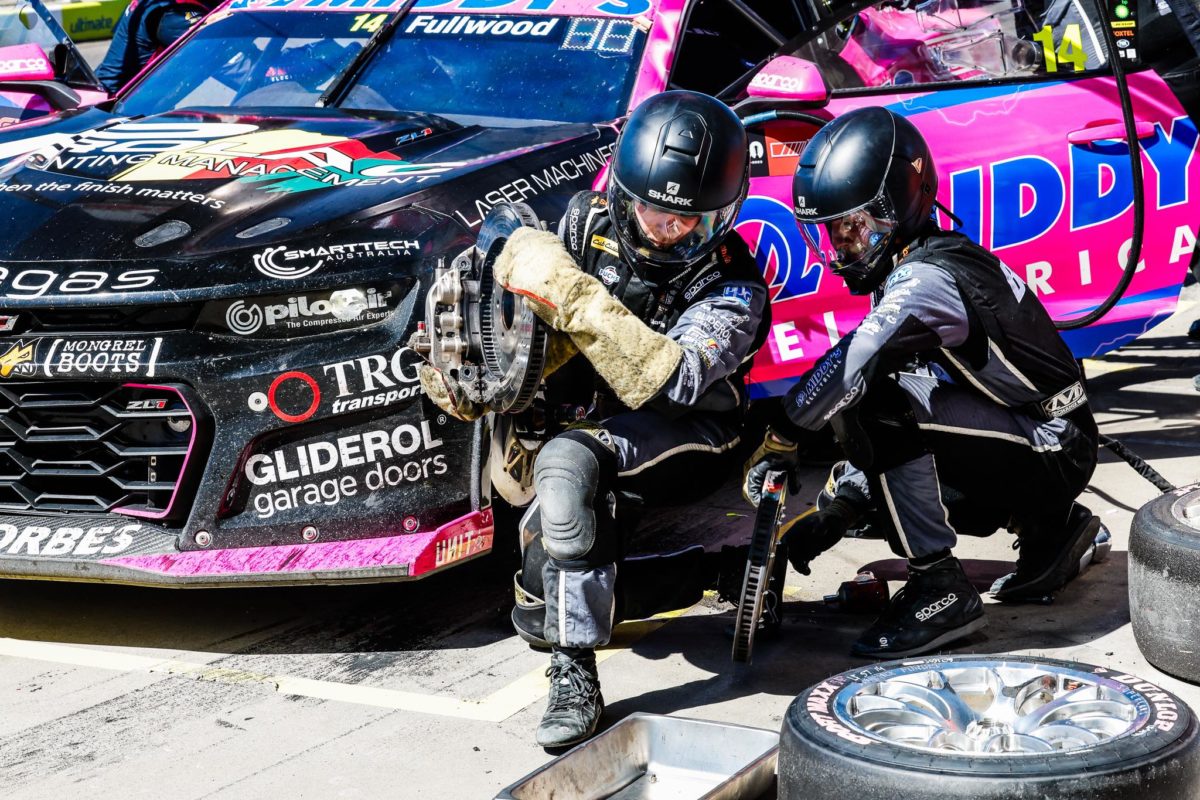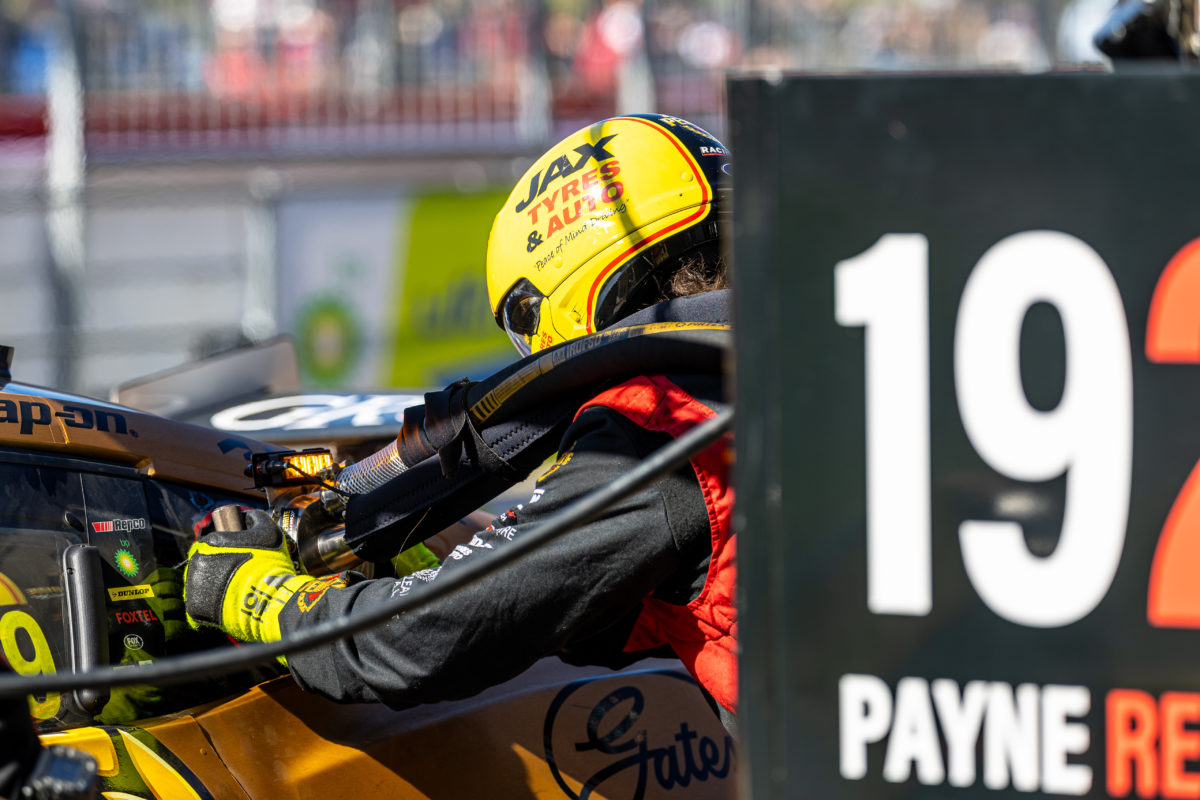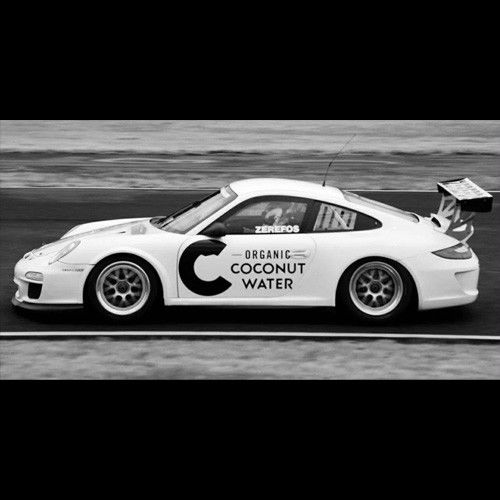

For space reasons, I didn’t discuss several notable topics in my post-Bathurst column last week. But I think they’re worth addressing today.
READ MORE: Roland’s View: The Bathurst 1000 is tyred
In those seemingly far off days immediately before the onset of COVID, a small group of team and Supercars personnel mapped out a base specification for Gen3.
Then, as the epidemic came to dominate our lives through 2020, a smaller number of people actually kept the ball rolling to try not to lose momentum, especially in the light of the Holden withdrawal announcement in February.
One of the items on the Wishlist for the new car was a larger fuel tank. It’s worth noting that the original specification for the Gen2 cars a decade before had included a 120-litre tank, the same as the larger option in the Blueprint cars that ran until the end of 2012.
Unfortunately, the team that did the design work on that Car of the Future/Gen2 fuel system didn’t get it quite right and the tank size turned out to be about 112 litres, give or take.
That wasn’t the end of the world, but it did further limit the potential for race distances for non-refuelling races. By way of addition background, with the adoption of E85 in 2009, we had seen a reduction in the maximum achievable race distance, circuit dependent of course, of 25 to 30 percent.
This is due to the lower energy content of E85 per litre in comparison with unleaded petrol.
Hence, in laying out the specification for Gen3, there was an agreed desire to increase the size of the tank as much as was possible and practical. The size that eventuated was about 133 litres.
Now, the objective for having this size tank was NOT to set the fuel tank size for the refuelling races (such as the Bathurst 1000) at 133 litres. Rather, it was to give the category the flexibility to run those non-refuelling races as long as possible if that was, for instance, the desire of a race promoter.
An example could be that the Australian Grand Prix Corporation gives Supercars a slot to run a decent length race on the Thursday evening, without the restrictions of Formula 1/2/3 timetables that inevitably kick in from Friday onwards these days. 133 litres, in conjunction with the hard tyre, could give around 30-lap capability, or getting on for an hour-long race.
But when it comes to Bathurst, there could, and should, be a conscious decision made as to what fuel tank capacity is optimal for the best racing outcome.
It’s easy to adjust the capacity of the tank to, say 100 litres, if that fits with the best modelling of how to ensure that it’s a bit awkward to fit co-driver stints into a race plan, for instance.
So, hopefully, there’s a real deliberate decision taken as to the mandated fuel tank capacity for next year’s race, along with all other refuelling events. If that’s 133 litres, then sobeit. But it needn’t be.
Personally, I think, especially given the slower fuel delivery rate this year, that there’s good case for a capacity reduction at all fuel races. There’s also great scope to run longer races at Sprint Rounds. That’s the potential benefit of the larger tank.
The other big notable topic from this year’s Great Race was the brake situation.

Again, when the specification of the Gen3 car was set, there was a clear mandate to ensure that there should be absolutely no reason to have to change brake pads at Bathurst, let alone rotors.
And yet, the scene in pit lane during the race 10 day ago was barely believable.
Many thousands of dollars’ worth of calipers, pads, and rotors were strewn all over the pit lane and garages at various times.
Who paid for all this? The teams.
Moreover, instead of being able to keep calipers in place (and connected to the brake lines) during changes if desired, it was now effectively compulsory to use dry break fittings on the lines to enable those changes to take place as the calipers do not have removeable bridges. Those dry break fittings are not cheap.
I also personally hate seeing these dry break connectors being used in the heat and pressure of pit lane like that. Maybe I’m just old fashioned, but I see the potential for issues at some point if this is perpetuated.
Furthermore, incoming rotors are normally pre-heated before fitment (meaning more team infrastructure) whilst the outgoing rotors are obviously very hot. At some point, someone will get burned unnecessarily, if it hasn’t happened already.
I’ve overseen entries in the Bathurst 12 Hour now six times. Whilst we have changed pads (never rotors) sometimes on the cars I’ve run, it’s been to give the drivers a better pedal for the last part of the race, rather than because of outright wear.
The fact is that a GT3 car of a similar weight to a Supercars, but with massively more downforce, and therefore braking capability, can do twice the number of laps of Bathurst (1000km v 12 hours) without so much as a pad change.
Cheaper and safer.
And yet, Supercars have managed to end up with a far inferior product by the look of it despite having the same 18-inch wheel architecture to accommodate a braking system as a GT3 car.
It’s simply unacceptable.
How on earth can teams accept this? I hear people talking about the cost of racing, and yet something like this has happened, with the teams being forced to buy extra calipers, pads, and rotors. Somebody is laughing all the way to the bank.
The Brembo products, which are extensively used in the GT3 world, are freely available and I, for one, pushed hard for their use (based on my experience) back when I was still involved.
I suspect that this was a real case of ‘penny wise, pound foolish’, something that is apparent in other areas of the Gen3 car, alas.
A poor man pays twice unfortunately.
There’s no point in looking backwards now, but it’s imperative that the brake supplier is taken to task over this and, in 2024, the teams are spared the expense, and unnecessary safety risks, of this current suboptimal set-up.
Between the cost of brake changes and unnecessary quantities of tyres/wheels (plus all the incidentals that go with them such as pressure sensors, garage ovens, extra personnel, et cetera) as discussed last week, there’s plenty of scope to reduce waste and expense for teams competing in next year’s Great Race.



















